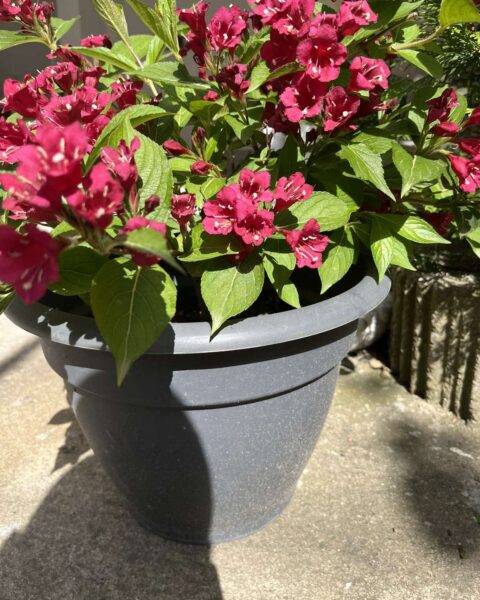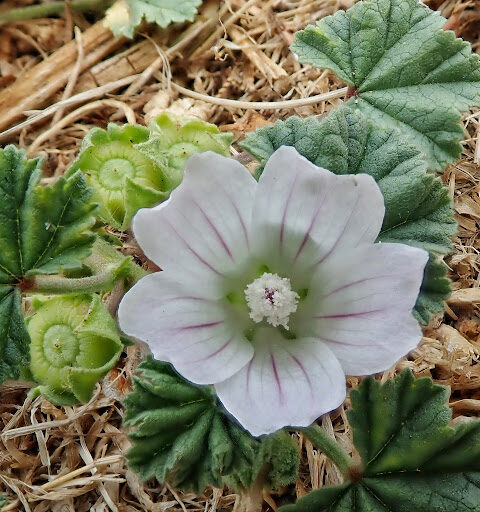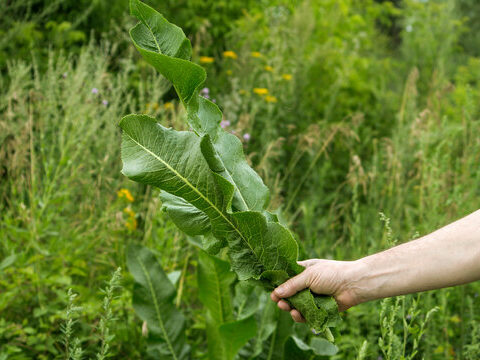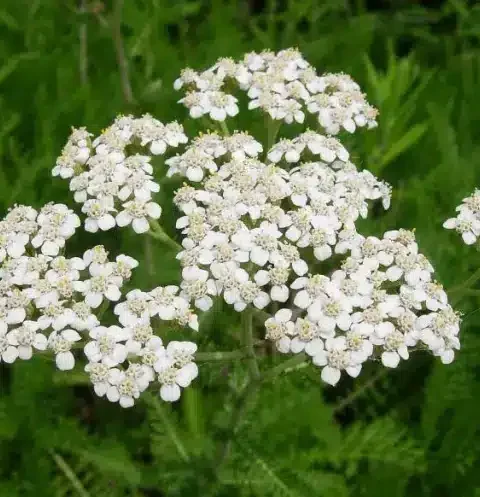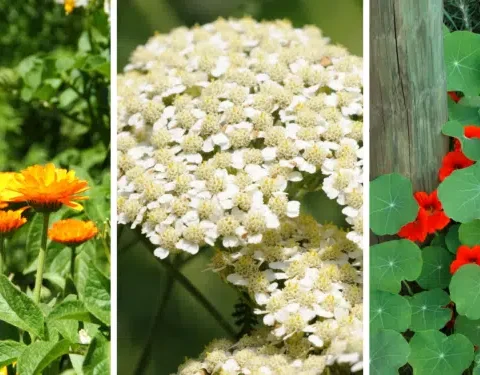Saffron, often referred to as the “golden spice,” is renowned for its distinct flavor, aroma, and vibrant color. While traditionally cultivated in regions with specific climate conditions, it’s entirely possible to grow saffron in containers right in your own home. Cultivating saffron in containers not only brings the luxury of this prized spice closer to home but also adds a touch of exoticism to your gardening endeavors. In this guide, we’ll explore the step-by-step process of growing saffron in containers, enabling you to enjoy the fruits of your labor in the form of this precious spice.
Selecting the Right Containers: The first step in growing saffron at home is choosing the right containers. Opt for containers that are at least 6-8 inches deep and have adequate drainage holes at the bottom. Terra cotta pots or wooden containers are excellent choices as they allow for proper aeration and drainage, essential for saffron cultivation.
Choosing Saffron Corms: Saffron is propagated through corms, which are bulb-like structures similar to bulbs. When selecting saffron corms, ensure they are firm, plump, and free from any signs of mold or damage. You can purchase saffron corms from reputable nurseries or online suppliers. Each corm has the potential to produce multiple saffron flowers, so plan accordingly based on the size of your container.
Planting Saffron Corms: Plant saffron corms in the containers during late summer or early autumn, preferably around August or September, depending on your location. Fill the containers with well-draining potting mix, leaving about 1-2 inches of space below the rim. Plant the corms about 3-4 inches apart and 3 inches deep, with the pointed end facing upwards. Water the containers thoroughly after planting to settle the soil around the corms.
Providing the Right Growing Conditions: Saffron thrives in full sun and well-drained soil. Place the containers in a location where they receive at least 6-8 hours of sunlight daily. During the growing season, water the saffron plants regularly, keeping the soil consistently moist but not waterlogged. Avoid overhead watering to prevent the risk of fungal diseases.
Fertilizing Saffron Plants: Saffron plants are light feeders and require minimal fertilization. Apply a balanced fertilizer, such as a 10-10-10 formula, sparingly during the growing season to provide essential nutrients. Avoid over-fertilizing, as excessive nutrients can lead to foliage growth at the expense of flower production.
Harvesting Saffron: Saffron flowers typically bloom in autumn, around October and November, depending on the climate. Each saffron flower produces three vivid crimson stigmas, which are the prized saffron threads. Harvest the saffron stigmas early in the morning when the flowers have just opened. Gently pluck the stigmas from the flowers using your fingers or tweezers. Once harvested, dry the saffron stigmas in a well-ventilated area away from direct sunlight until they are completely dry.
Storing Saffron: Store the dried saffron stigmas in an airtight container away from light, heat, and moisture. Properly stored saffron can retain its potency and flavor for up to a year.
Conclusion: Growing saffron in containers at home is a rewarding and fulfilling experience that allows you to enjoy the luxury of this prized spice right from your own garden. With the right containers, planting techniques, and care, you can cultivate saffron successfully and savor its unique flavor and aroma in your culinary creations. Whether you’re a seasoned gardener or a novice enthusiast, embarking on the journey of growing saffron at home is sure to add a touch of elegance and sophistication to your gardening endeavors.

